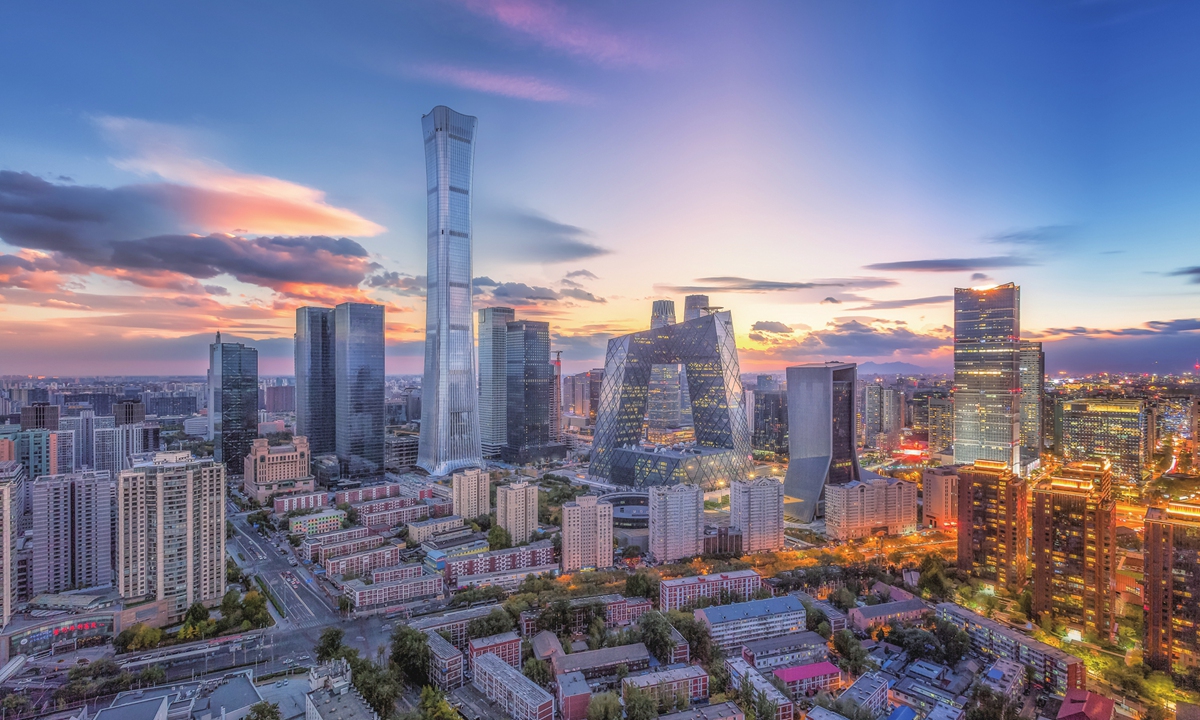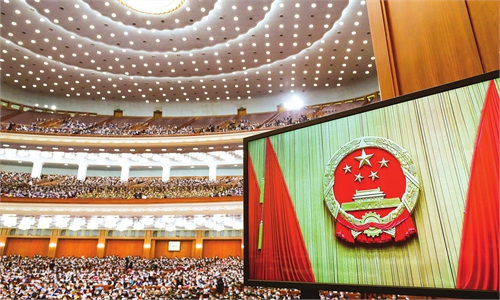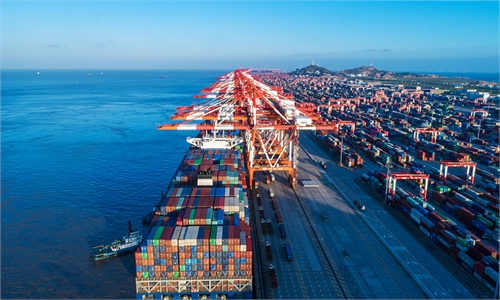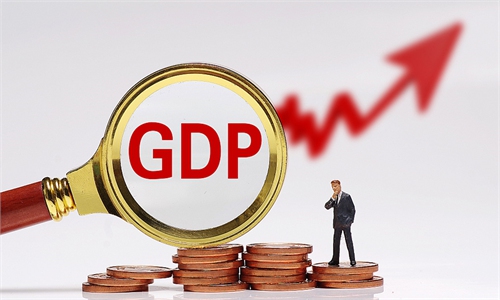COMMENTS / EXPERT ASSESSMENT
China, leading to world recovery, and beyond

A view of Beijing Photo: VCG
China's currently ongoing two sessions (March 4 to 11, 2021) may be the most important of its type to take place in recent years.The conference will define China's internal and external development strategies, as well as her future role on the world stage. China is the only major economy that has mastered the COVID-19-induced economic crisis, ending 2020 with a 2.3 percent growth. Compare this with economic declines way into the red for the US and the EU, of 3.5 percent, and 6.8 percent, respectively.
These figures may only be indicative. The bulk of the economic fallout from Western governments' mishandling of the COVID-19 crisis which include. bankruptcies, trade disruption, unemployment and housing foreclosures - a massive slide into poverty - may only be registered in 2021 and beyond.
The greed-driven capitalist system has already plunged tens of millions of Westerners - and perhaps hundreds of millions in the Global South - into economic hardship.
What China decides at the two sessions will undoubtedly have an impact on the entire world - in the medium-term (2025) as well as long-term (2035) - and beyond.
China's thousands of years of cultural history and the ensuing Tao-philosophy of non-aggression and conflict avoidance, of a societal spirit of endless creation, as well as long-term thinking, contrasts radically with Western conflict and instant-profit seeking.
The conference is addressing ambitious but attainable 2035 targets, including a 6 percent-plus growth in the foreseeable future; reduction of unemployment with urban focus; continued food self-sufficiency and environmental improvement targets, a gigantic 18 percent reduction in carbon dioxide emissions per unit of GDP and a significant drop (13.5 percent) in energy consumption per unit of GDP.
The conference may also define China's crucial role in a worldwide recovery from a COVID-19 hit economy. China's economy has suffered, mainly during the first half of 2020, but her decisive actions have successfully overcome the pandemic's path of destruction. By the end of 2020, China's production and services were back to 100%. Thanks to this stellar efficiency, the West and Global South may continue relying on China's supply of such vital goods as medical equipment, medicines, electronics and more.
Mitigating the hegemony of the US dollar may be an effective way to stem against the Western "sanctions culture". China may soon roll out her new digital renminbi (RMB) or yuan, internationally, as legal tender for inter-country payments and transfers, and as an international reserve currency.
Reducing demand for US dollars may incite worldwide investments in the new digital yuan.
Detaching from Western dependence, China is focusing trade development and cooperation on her ASEAN partners. In November 2020 China signed a free trade agreement with the 10 ASEAN nations, plus Japan, South Korea, Australia and New Zealand, altogether 15 countries, including China.
The Regional Comprehensive Economic Partnership, or RCEP, covers some 2.2 billion people, commanding some 30% of the world's GDP.
China, Russia, as well as the Central Asia Economic Union (CAEU) and the Shanghai Cooperation Organization (SCO), are likewise integrated into the eastern trade bloc.
RCEP's trade deals will likely be carried out in local currencies and in yuan - no US dollars. The RCEP is, therefore, also an instrument for reducing dollar dependency, primarily in the Asia-Pacific Region, and gradually moving across the globe.
China will continue to vouch for strong macroeconomic growth with focus on internal development which, in turn, will stimulate and contribute to international trade and investments.
On a global scale, the Belt and Road Initiative (BRI) embraces currently more than 130 countries and over 30 international organizations, including 18 countries of the European Union. BRI offers the world participation - no coercion. The attraction and philosophy behind BRI, is shared benefits - the concept of win-win. BRI may be the road to socioeconomic recovery from COVID-19-devastation and cross-border cooperation for participating countries.
At the forefront of China's vision for the next 5 and 15 years - and beyond, a China-internal objective is equitable development and shared well-being; and on a global-scale, a community with shared benefits for all.
The author is a geopolitical analyst and former Senior Economist at the World Bank and the World Health Organization (WHO). bizopinion@globaltimes.cn



